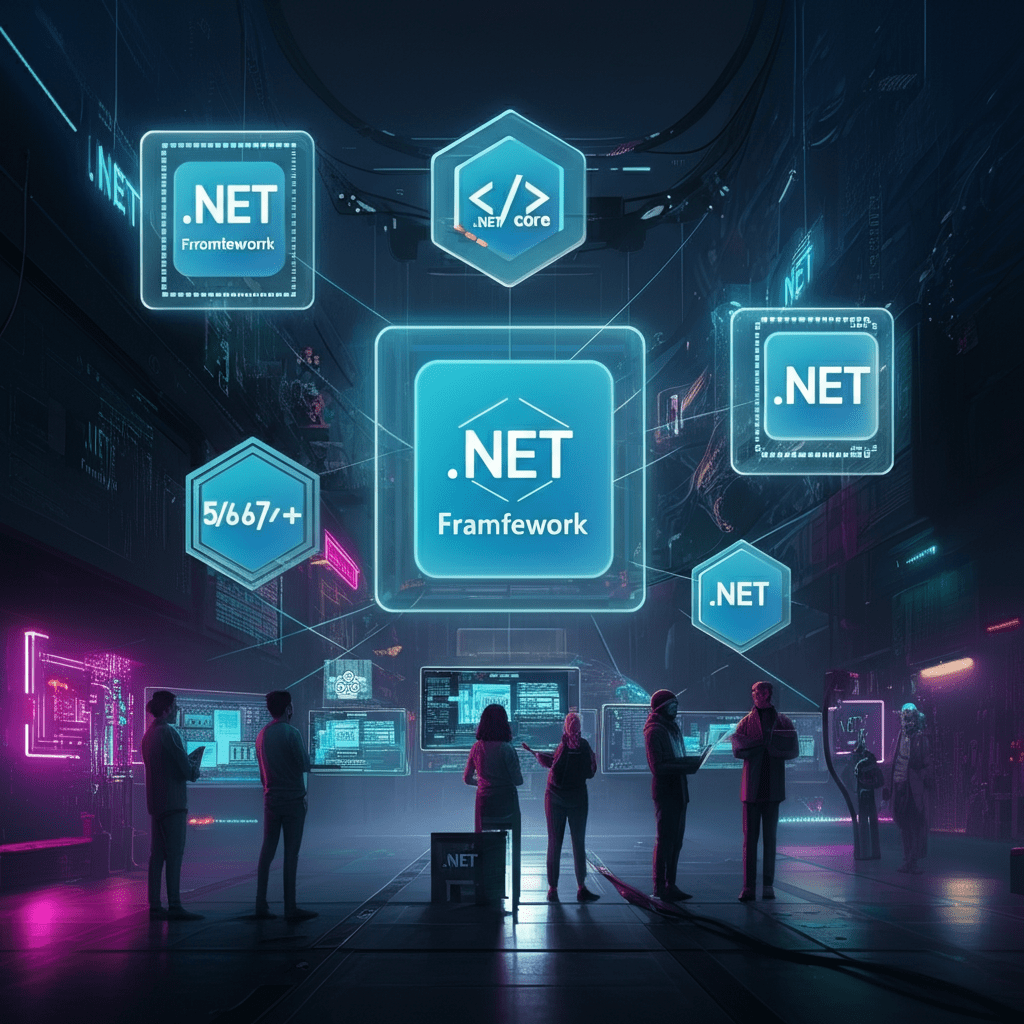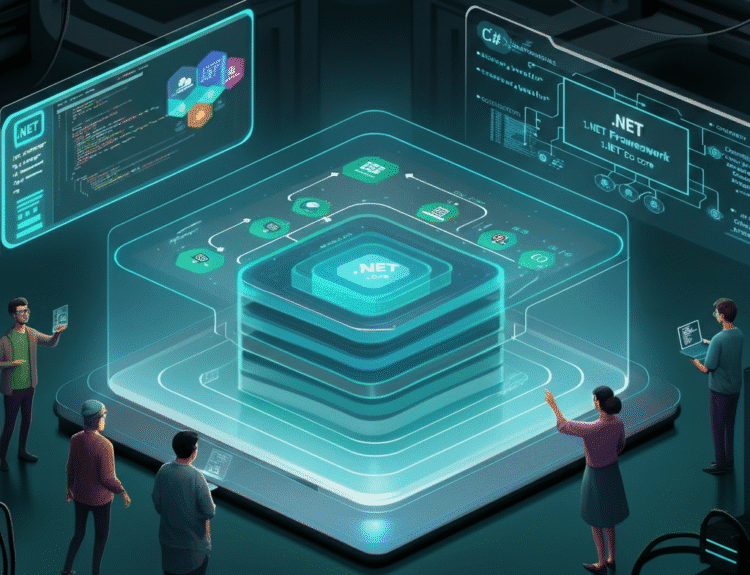With technology constantly evolving, the .NET ecosystem has become a central pillar for developers seeking efficient, scalable, and versatile development frameworks. But what exactly makes .NET such a vital resource in the world of software development? Whether you’re a seasoned developer familiar with C# programming or just starting your journey into software architecture, understanding the nuances of .NET’s various components is essential to choosing the right tools for your projects.
This guide aims to demystify the .NET ecosystem by breaking down its core components—.NET Framework, .NET Core, and .NET 5/6/7+, explaining their differences, use cases, and how they work together to power everything from simple applications to complex microservices.
What is the .NET Ecosystem?
At its heart, .this is a unified developer platform composed of tools, libraries, and programming languages like C#. It allows developers to build a wide range of applications, including web apps, mobile apps, cloud-native applications, and even artificial intelligence (AI) solutions.
The ecosystem has three primary segments that we’ll explore today:
The .NET Framework, the original Windows-bound platform.
.NET Core, a modern, cross-platform iteration.
.NET 5/6/7+, the unified evolution of the Core and Framework.
Each of these frameworks brings something unique to the table, helping businesses leverage technologies like cloud computing, RESTful APIs with ASP.NET, and Kubernetes.
Diving Into .Net Ecosystem
Introduced in the early 2000s, the .Net Ecosystem laid the foundation for Windows application development.
Key Features of .Net Ecosystem
Windows-optimized architecture: Designed specifically for building Windows-based applications like desktop apps and enterprise tools.
Common Language Runtime (CLR): Handles memory management, exception handling, and thread execution, ensuring robust and efficient application performance.
Extensive libraries: Development support for HTML, CSS, JavaScript, and LINQ in.
Mature and stable: Widely used in legacy systems, offering long-standing stability.
Limitations of this Framework
Windows-only: Strictly confined to the Windows operating system.
Lack of cross-platform flexibility: Unlike its modern counterparts, it’s not suited for macOS or Linux development.
Exploring .NET Core – The Game-Changer
.Net Ecosystem Core, launched in 2016, marked a pivotal shift in Microsoft’s approach—a fully open-source, cross-platform development framework.
Standout Features of it’s Core
Cross-Platform Development: Run applications seamlessly on Windows, macOS, and Linux.
Performance Driven: ASP.NET Core and Entity Framework Core offer faster execution times compared to the traditional Framework.
Scalability: Excels in cloud-native applications, making it perfect for microservices in Framework.
Versatile Language Support: A broad range of languages, from C# to F# and VB.NET.
Ideal Use Cases
.Net Ecosystem Core is the go-to framework for building high-performance, scalable web services like SignalR real-time applications or microservices hosted via Kubernetes and Docker in Framework.
The Unified Evolution – .NET 5/6/7+
.NET 5 and its successors, .NET 6 and .NET 7+, streamlined the ecosystem by unifying .NET Core and the .NET Framework into a single platform.
What’s New in this Framework 6/7+?
Improved Developer Productivity: Features like Hot Reload allow developers to make live changes without stopping their application.
Unification and Compatibility: Supports web apps, cloud, IoT, and mobile under one framework (including .NET MAUI for cross-platform UI).
Future-Driven Roadmap: Continued focus on cloud integration with Azure and Blazor development, making it easier to build modern web interfaces.
Why Upgrade?
Moving to .NET 7+ not only improves performance but also positions your projects for long-term sustainability through better tooling and security practices like authentication and authorization in Framework.
Comparison – Framework vs. Core vs. 5/6/7+
Here’s a quick look at how these frameworks stack up against each other:
| Feature | .NET Framework | .NET Core | .NET 5/6/7+ |
| Platform Support | Windows-only | Cross-Platform | Cross-Platform |
| Performance | Moderate | High | Very High |
| Open Source | No | Yes | Yes |
| Mobile Development | Limited | Xamarin Supported | .NET MAUI Supported |
| Use Case Examples | Desktop apps, legacy | Cloud, microservices | Unified frameworks |
Migration Tips
For developers still using the .Net Ecosystem, migrating to .NET Core or Framework 5/6/7+ can provide substantial performance and compatibility upgrades. Tools like Porting Assistant for Framework can simplify the migration process.
Real-World Scenarios for the Framework Ecosystem
To better illustrate how each framework solves specific problems, here are some real-world use cases across industries:
.NET Framework: Used in enterprise-grade CRM tools familiar within mid-sized organizations.
ASP.NET Core: Developed REST APIs for e-commerce companies handling high online traffic.
.NET MAUI (5/6/7+): Built mobile-friendly apps tailored for service-based businesses.
What’s Next for .NET Developers
The future of .NET development is overwhelmingly exciting. With robust tools like ASP.NET Core, Entity Framework Core, and Blazor, businesses can rapidly scale operations and outpace competitors. Developers looking to leverage this robust ecosystem should also focus on best practices such as secure coding practices in .NET and performance optimization for scalable applications.
To master .NET further, try hands-on experience with platforms like Docker and Kubernetes in .NET or explore cloud integration with Azure—a critical skill set in today’s tech landscape.




